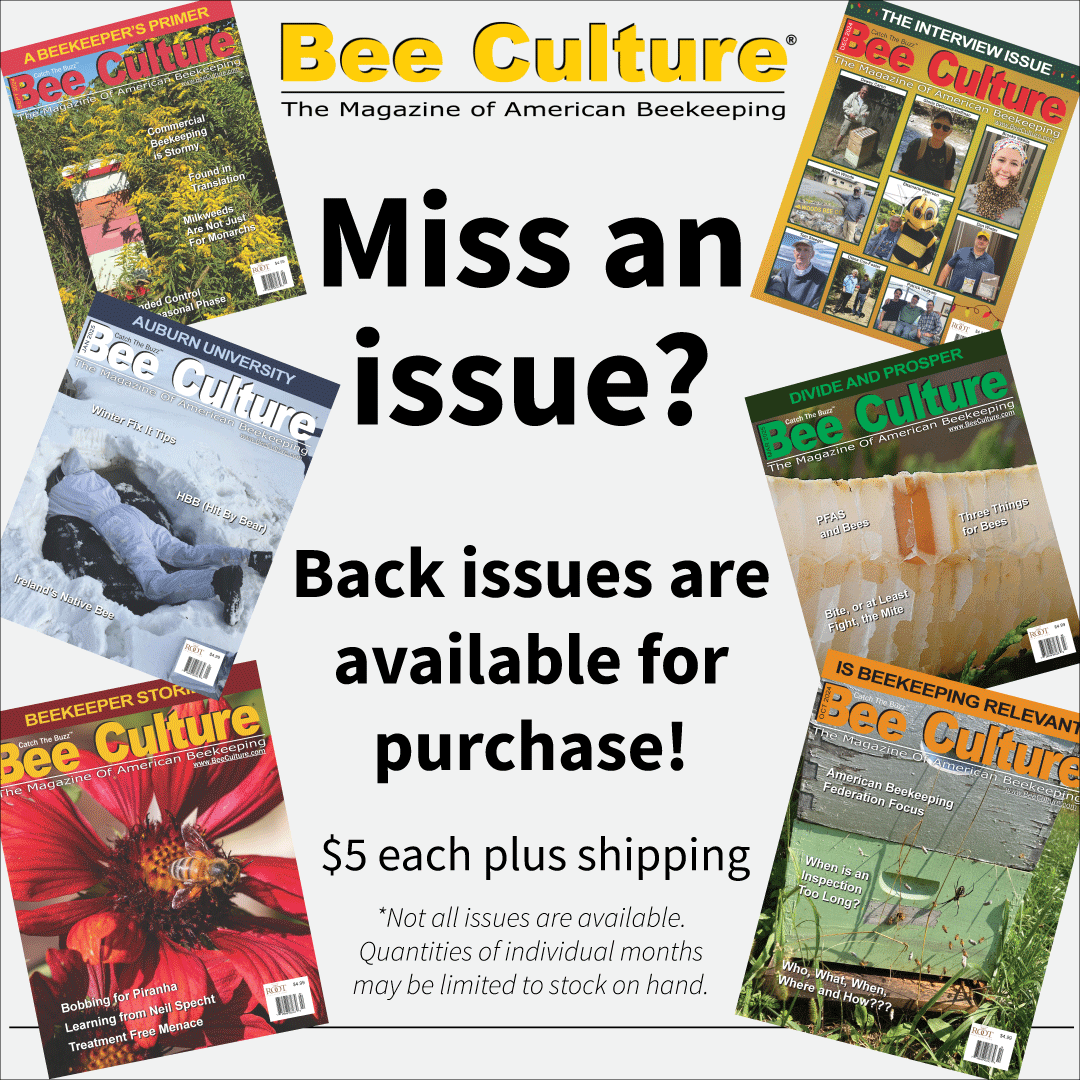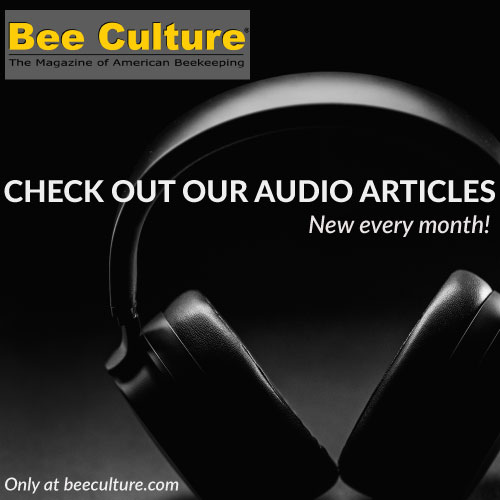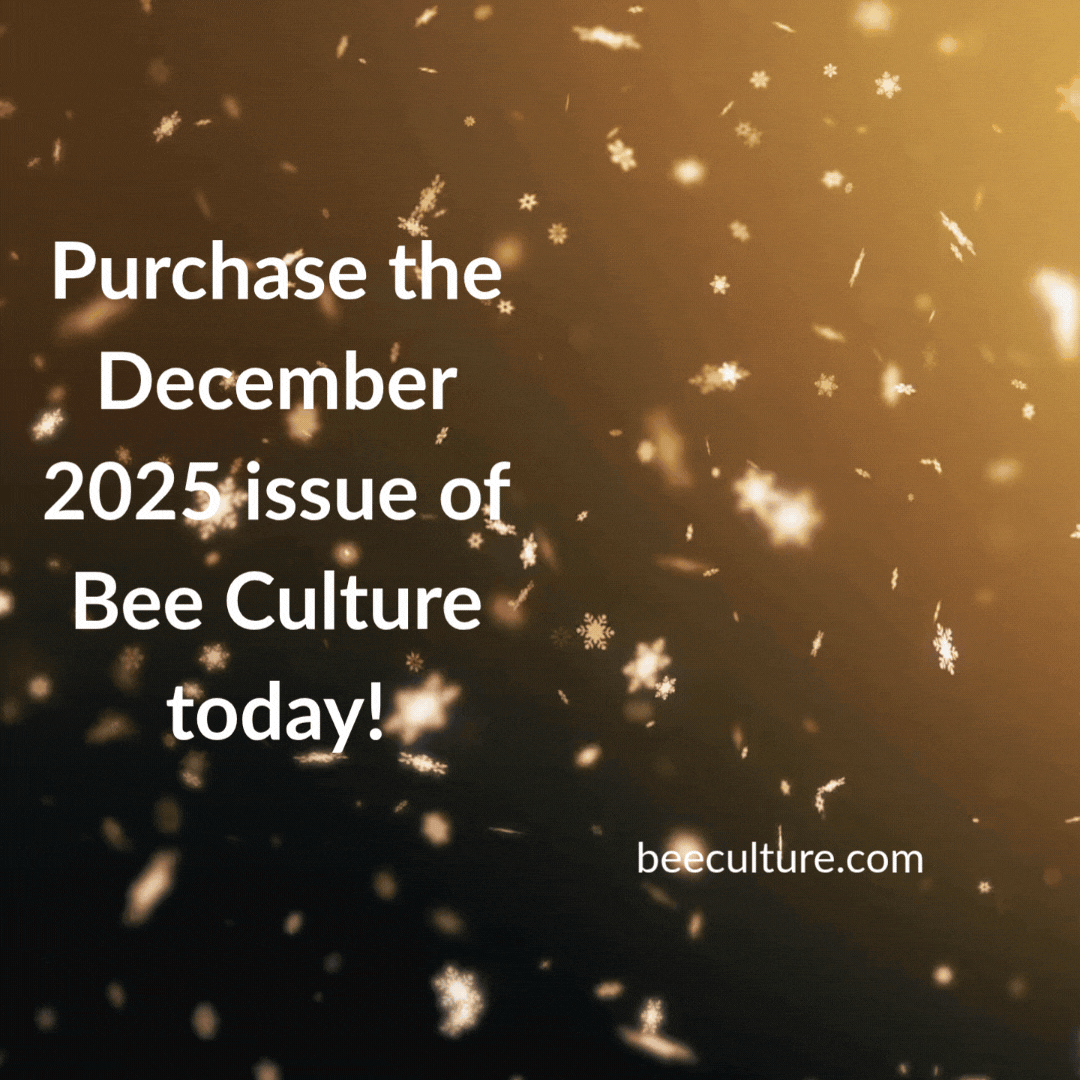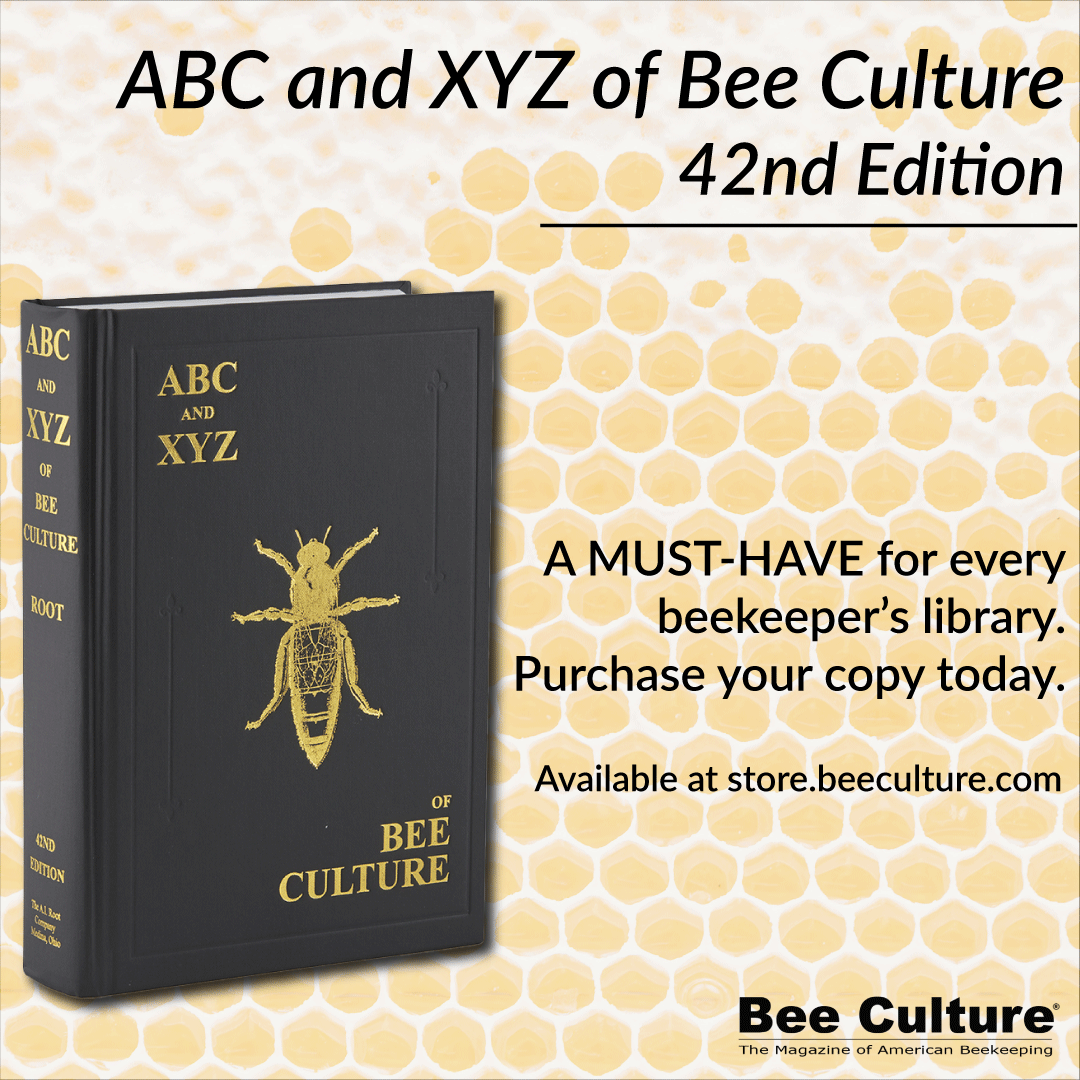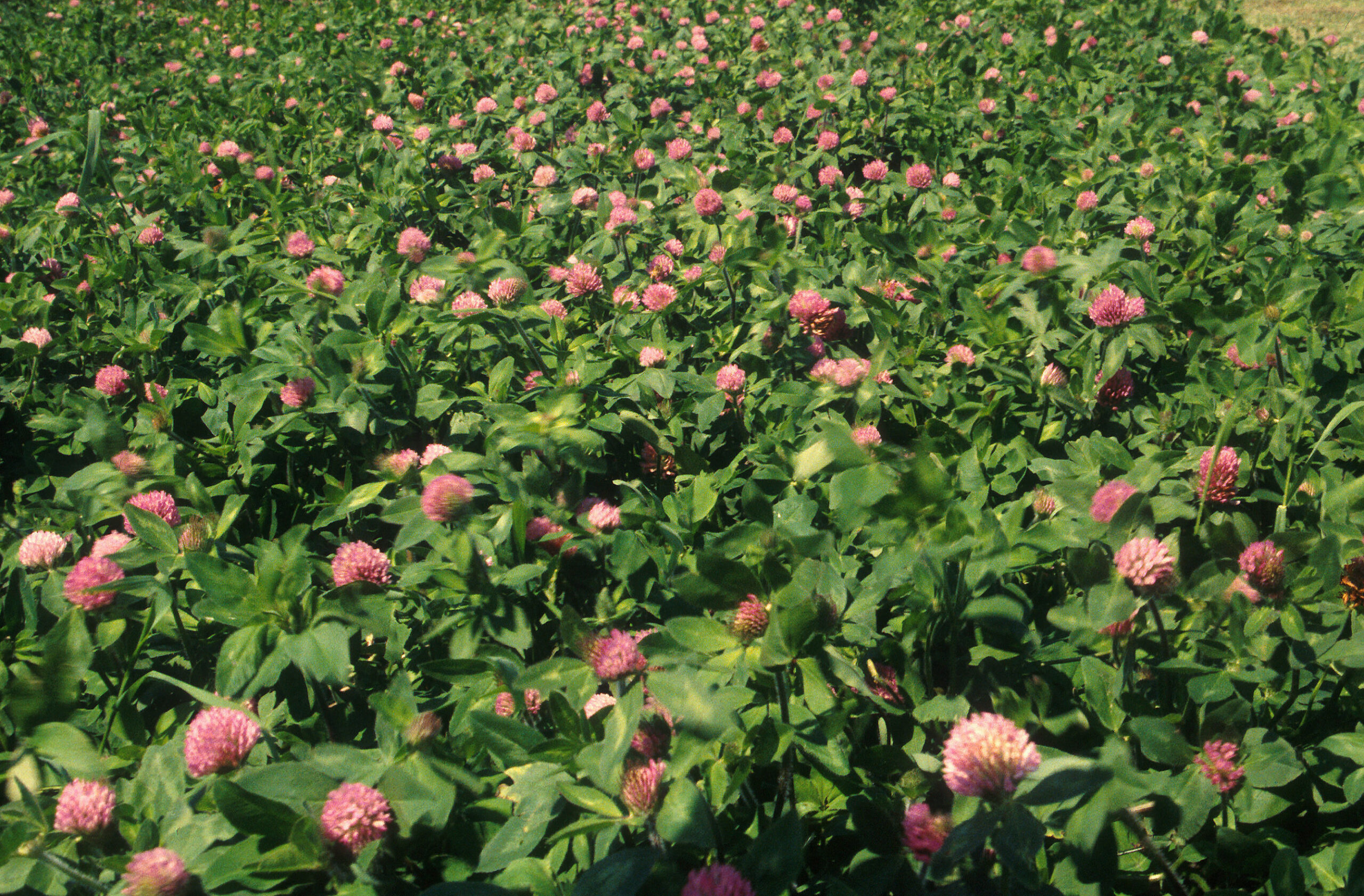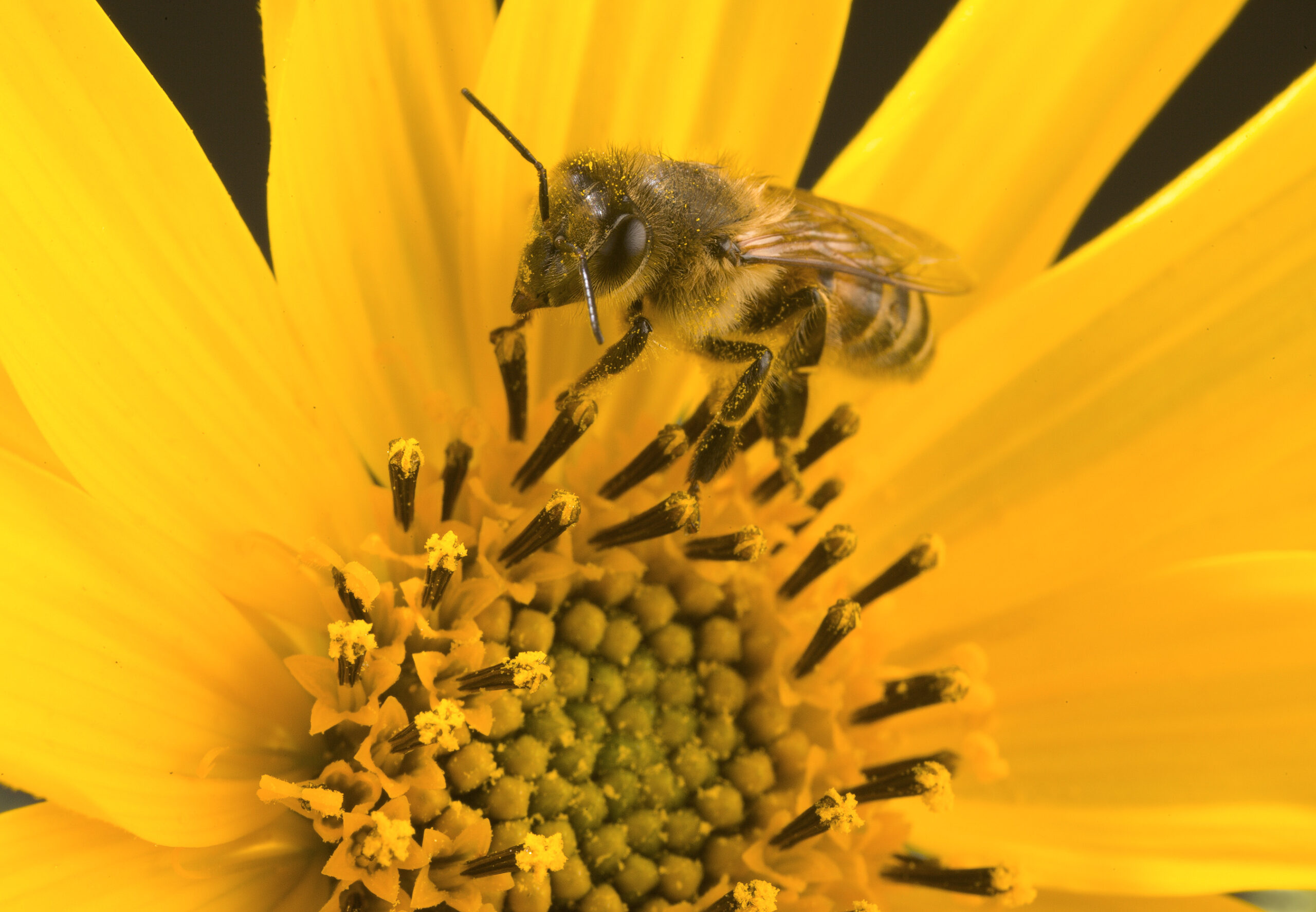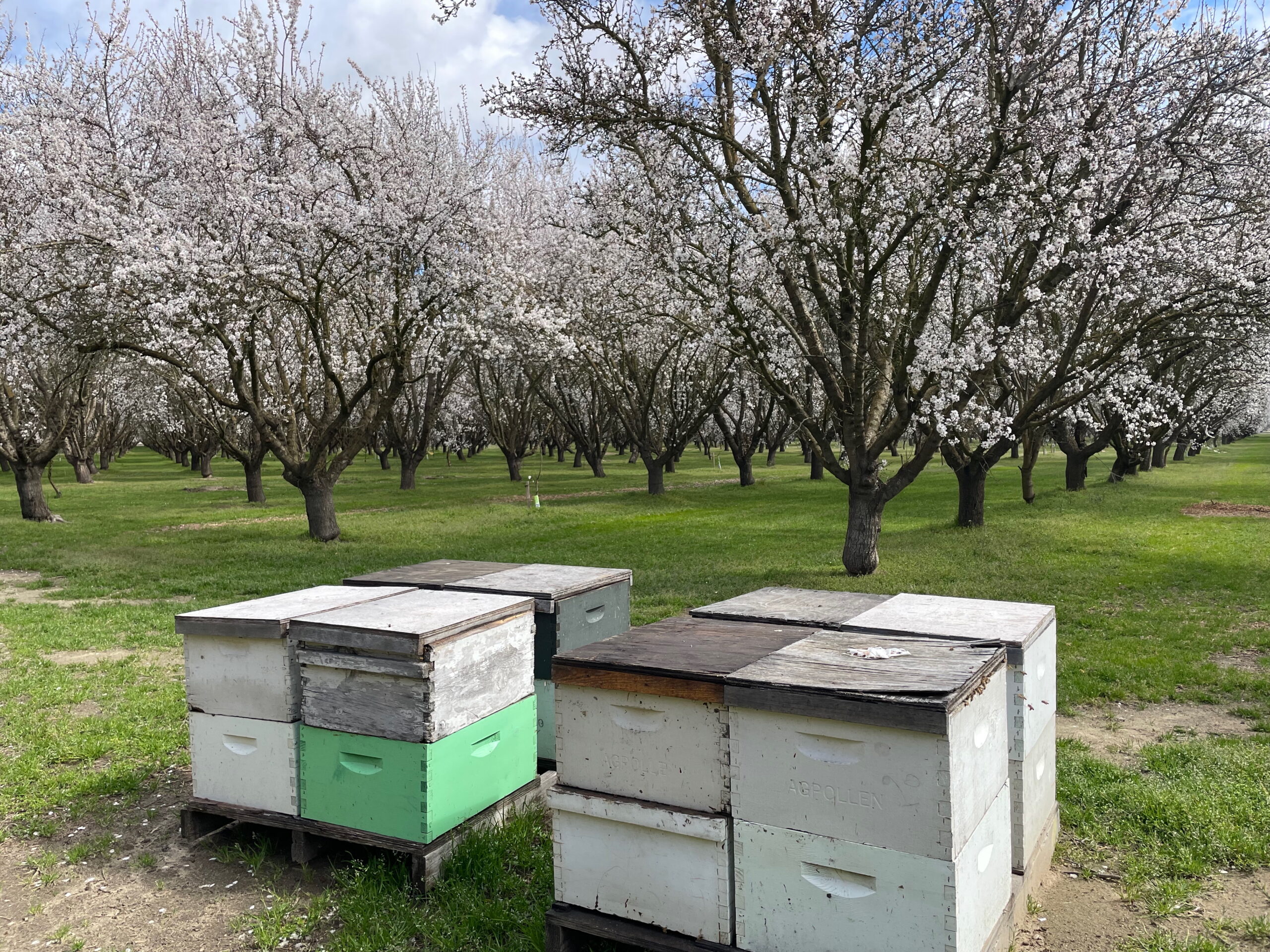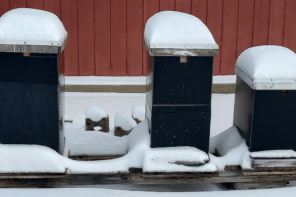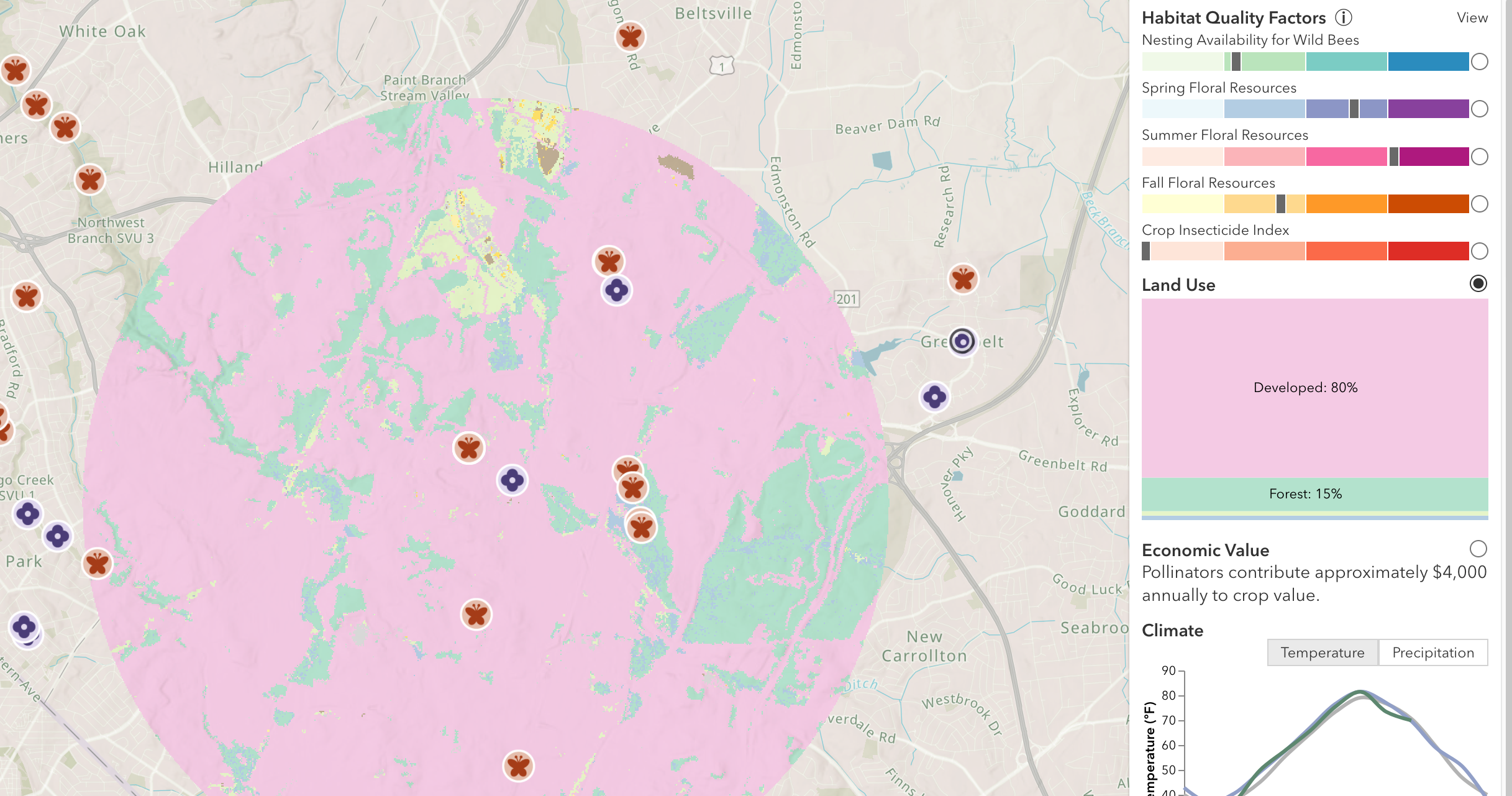Click Here if you listened. We’d love to know what you think. There is even a spot for feedback!
Read along below!
Found in Translation
Diverse Bouquets
By: Jay Evans, USDA Beltsville Bee Lab
I recently wrote about new work showing how honey bees recruit nestmates to different flower patches (highlighting work on the bee dance language from the group of Prof. Margaret Couvillon, https://www.freelyflyingbees.com/) so it seems like a good time to explore the payback from those searches. Bees can survive on a pretty monotonous diet. Some bee species, in fact, have eaten pollen and nectar from a single plant species for millennia. For these so-called oligolects, the entire floral world is irrelevant save for one species whose location and timing must be obeyed. This is a hard life and such species are rare, if sometimes beautiful. One endearing trait of honey bees is that they can harness resources from thousands of plants species and remain healthy. Not all pollens and nectars are equally beneficial, of course, and bees and beekeepers work to connect foragers with the best flowers available. There is also solid evidence that having a blend of floral resources coming home is important, and three recent studies highlight just how important pollen diversity can be.
We can start in very early spring. The first truly fresh forage many bees see in abundance comes from almond flowers. Chris Mayack and Arathi Seshadri at the USDA-ARS Invasive Species and Pollinator Health Research Unit, Davis, CA, and colleagues including Elina Nino Lastro at UC-Davis just published an overview of the health benefits of almond flowers on honey bees (Mayack, C., M. Carlson, B. D. Niño, E. L. Niño, and A. Seshadri, 2025. Impacts of almond pollination service and inter-row cover cropping on honey bee colony strength and performance. Science of the Total Environment 983:179703). It has been known for some time that almonds provide a good complete food for bees (a fortunate thing given the interdependence of the almond and honey bee industries). This study documents across four years the growth experienced by honey bee colonies while pollinating almonds. In two months during which honey bees were positioned near almonds, their colonies grow by around 30% across four years (a significant increase in three of those years). Colonies also increased in brood area and pollen stores over each almond pollination season, while decreasing in honey stores. Colony growth was significantly higher when bees were placed in almond orchards with flowering plants growing in the gaps between rows of trees. Specifically, a ‘mustard mix’ cover crop between almond rows led to a 32% increase in worker bee populations in one year, and a slight but non-significant increase in a second year, as bees left almonds. This increase in worker bee numbers was compounded over the year such that in both years frames of bees were significantly higher if colonies had enjoyed a mustard mix of flowers months before.
Joanne Wisdom and colleagues followed this floral diversity theme, reviewing decades of work showing how deeply the planting of clovers and other exotic legumes can improve honey bee health (Wisdom, J. J. M., D. R. Kidd, M. H. Ryan, L. Barbour, A. Hockey, G. R. Cawthray, and K. J. Foster, 2025. Can strategic integration of cultivated pasture legumes into temperate agricultural systems provide stability to honey bee populations and associated industries? Plants, People, Planet 7:603-620.). This study was focused on grasslands in Australia, but many of the recommended plants, and indeed many of the reviewed studies, are residents of North America. They carefully describe environmental preferences, flowering times and bee collecting to demonstrate which species are best to plant and when. The upshot is that carefully planned plantings can indeed build honey bee populations, especially relevant for degraded environments or as a way of decrease the impacts of climate stress.
Giulia Mainardi and colleagues in several European countries modeled the effects of flower type, climate and landscape use on bee health (Mainardi, G., D. Sponsler, E. Minaud, F. Vardakas, L. Charistos, F. Requier, F. Hatjina, and I. Steffan-Dewenter, 2025. Floral diversity enhances winter survival of honeybee colonies across climatic regions. Journal of Applied Ecology 62:1487-1497). They specifically assessed honey bee pollen stores for levels of over 400 pollen types across divergent habitats. They were able to show places with high levels of plant diversity and tease apart how this diversity, on top of many other differences across sites and regions, impacted bee health. In their data, diversity of spring and fall pollen was ample in agricultural areas. This was not because crops were highly diverse but because a wider range of natural plants occurred between the crops in these areas. More diverse, in fact, then semi-natural regions with little agriculture. This diverse pollen was predicted to cause a tripling in overwinter survivorship, a remarkable benefit. The study is unique in suggesting both the specific timing of diverse pollens that gave this benefit (spring and fall, but not summer) and showing it was true across several distinct ecosystems. It will be interesting to tease apart what it is about diverse collected pollen that sets bees up for a more secure winter. In the meantime, hopefully your bees are able to harness a range of plants this year, especially as Summer turns to Fall.


